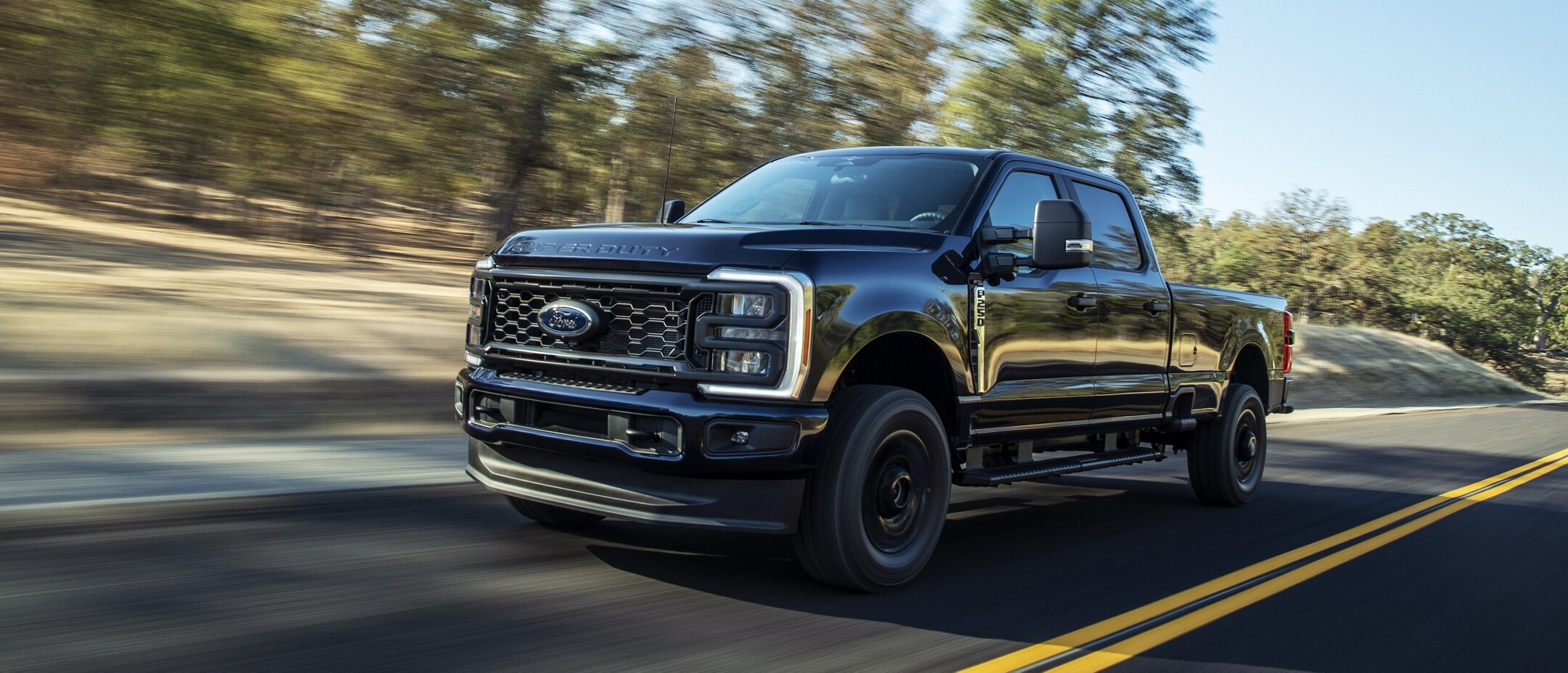Winter can be very hard on cars, especially in places where snow and ice are common. SUVs often face rough roads, frozen parts, and heavy salt used to melt snow. This mix can lead to damage, wear, and early rusting.
Some SUVs are designed to handle these winter problems better than others. They come with features like all-wheel drive, strong heating systems, and underbody protection. These help them stay in good shape even after many cold, snowy seasons.
Other SUVs are not as lucky. While they might look strong on the outside, their materials and design don’t protect well against winter wear. Snow, ice, and salt can lead to rust, especially around the wheels and bottom frame.
Rust is a big issue for vehicles in cold climates. Once it starts, it spreads fast and eats away at metal parts. This makes the vehicle weaker and less safe over time. Repairing rust damage can also cost a lot of money.
For people living in cold areas, choosing the right SUV can save a lot of trouble. A vehicle that handles winter well can last longer and avoid problems like rust and slippery driving. It’s not just about comfort but also safety.
Ten popular SUVs. Five of them are known for being tough in cold weather. These models have proven they can survive many winters without serious issues or rust problems, even in snowy regions.
We will also look at five SUVs that are known to rust fast in winter. These models might perform well in other areas but struggle when exposed to snow, slush, and salt. Over time, they often show rust around doors, panels, or frames.
5 SUVs That Survive Harsh Winters
Knowing which SUVs hold up in winter and which don’t can help you make a smart choice. If you live where winters are rough, this guide can save you from rust issues and keep your vehicle running strong for years to come.
1) Subaru Outback
The Subaru Outback is a favorite choice for drivers who face snowy roads each year. Its strong all-wheel-drive system makes it very reliable during winter months.
This system helps the vehicle stay steady even on icy or slippery roads. Many people trust it for daily use in cold climates because of its great traction.
One of the reasons the Outback handles winter so well is its high ground clearance. This means it can drive through deep snow without getting stuck or scraping the bottom.
Subaru also builds the Outback with long-lasting materials. These materials are helpful in keeping rust away, especially in places where roads are covered in salt.
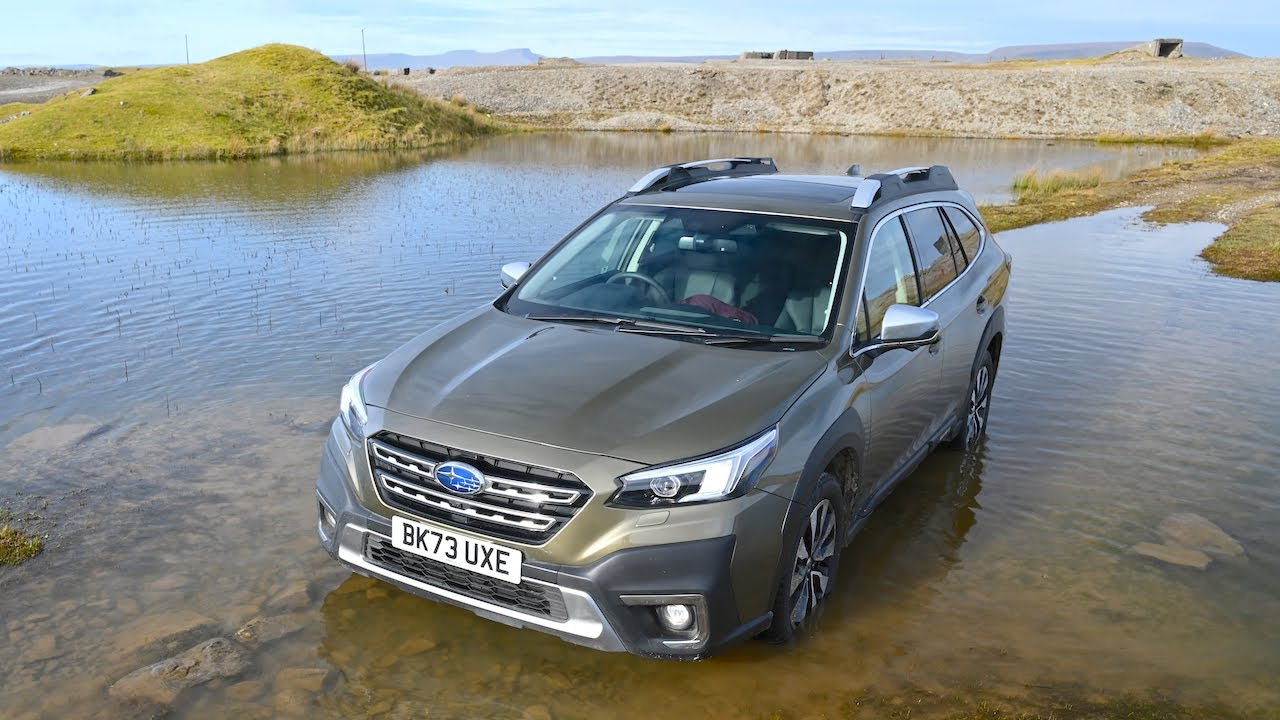
Road salt is one of the main causes of rust in winter. When it sticks to a car’s underbody, it starts to eat away at the metal over time.
The Outback has underbody protection that helps reduce the damage from salty roads. This small feature plays a big role in helping it last longer in harsh environments.
In addition to its winter toughness, the Outback also offers comfort inside the cabin. Heated seats, heated mirrors, and a strong climate control system make cold days more bearable.
It also comes with smart safety features that help during poor weather. These include lane keeping assist, adaptive cruise control, and automatic emergency braking.
Over the years, many drivers have praised the Outback for being dependable. It often runs for well over 200,000 miles with good care and regular maintenance.
Another plus is that Subaru uses rust-resistant coatings during the manufacturing process. This helps protect the car’s body panels and undercarriage from rust forming too early.
The Subaru Outback is not just another SUV—it’s a reliable companion for anyone living in a cold, snowy region. If you need a vehicle that stays strong in the winter and doesn’t rust fast, the Outback is a smart pick.
Also read: 5 Pickup Trucks That Age Gracefully and 5 That Rust Prematurely
2) Toyota 4Runner
The Toyota 4Runner is well-known for its strong build and off-road ability. This SUV is often chosen by people who need a vehicle that can handle rough roads and freezing temperatures.
One reason the 4Runner does well in winter is its high ground clearance. This allows it to move easily through deep snow without getting stuck or dragging on the ground.
It also comes with a solid frame that gives it extra strength and durability. This tough structure helps the SUV hold up well in areas with harsh winters and icy roads.
Many drivers trust the 4Runner because of its proven track record. For years, it has been one of Toyota’s most reliable and long-lasting SUVs.
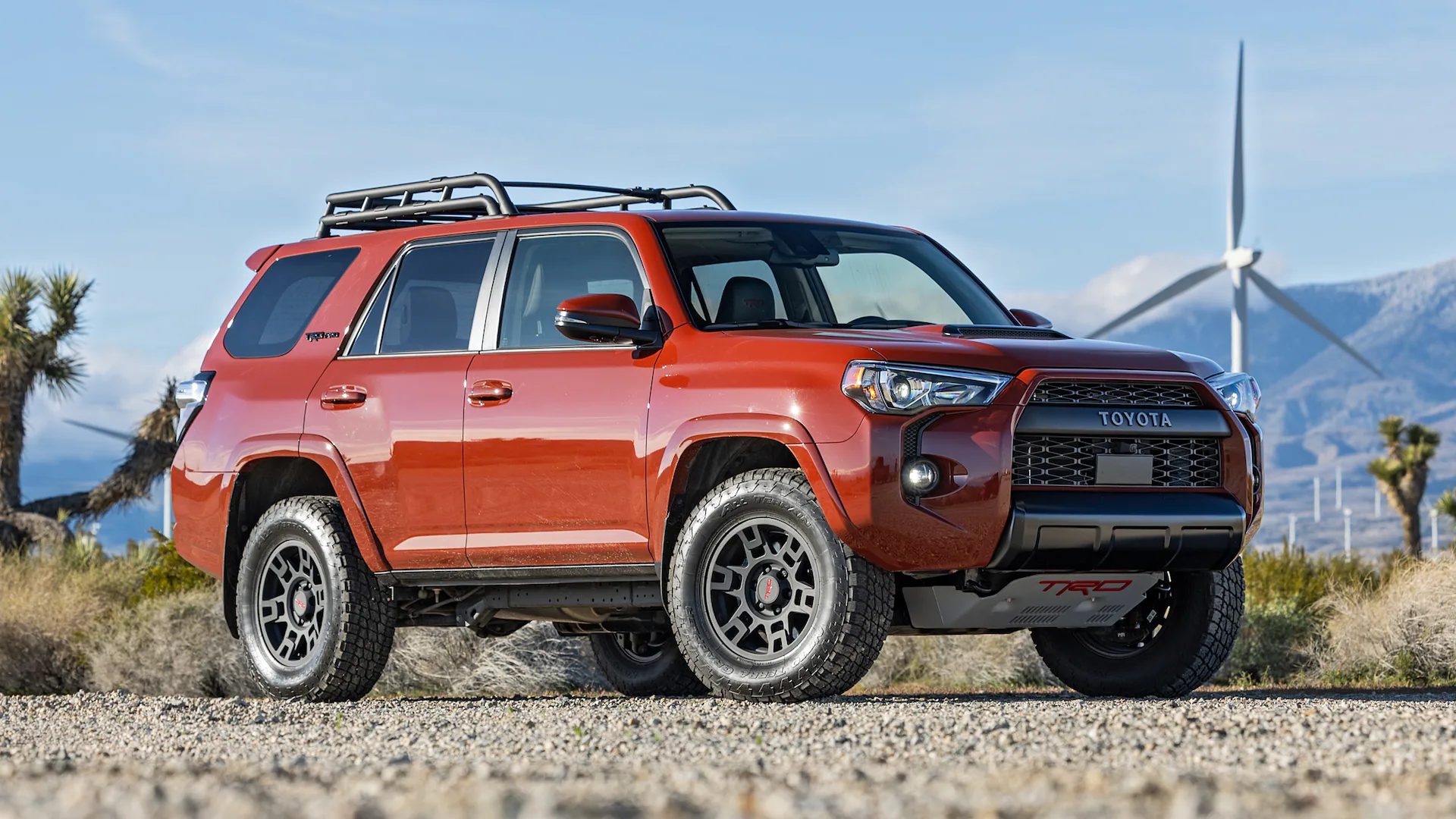
Another good feature of the 4Runner is its rust-resistant body design. This helps protect the vehicle from damage caused by road salt and wet winter conditions.
Road salt is used to melt snow but can be harmful to vehicles. It can cause the undercarriage and other metal parts to rust if not properly protected.
Toyota applies special coatings to help prevent this problem. These coatings create a barrier between the metal and the moisture, keeping rust from forming too soon.
The 4Runner is also made for drivers who enjoy winter adventures. Its four-wheel drive system gives it great grip on icy roads and slippery trails.
Inside the 4Runner, drivers will find comfort features like heated seats and strong climate control. These small touches make it easier to drive during cold months.
With good care, the 4Runner can easily last for many years. Owners often report high mileage and few problems, even after using it in snow and ice regularly.
3) Jeep Grand Cherokee
The Jeep Grand Cherokee is built to handle rough roads and changing weather. It has been a trusted SUV for many years, especially in places where snow is common.
One of its best features is the available four-wheel drive system. This gives the vehicle great traction on icy or slippery roads, which helps the driver stay in control.
The four-wheel drive is easy to use and makes driving in deep snow much safer. It also helps when going uphill or through frozen trails during winter trips.
The Grand Cherokee is made with a strong and durable frame. This allows it to take on tough conditions without damage or wear too quickly.
Jeep designs this SUV with winter use in mind. It includes important features that help protect the body and undercarriage from road salt and moisture.
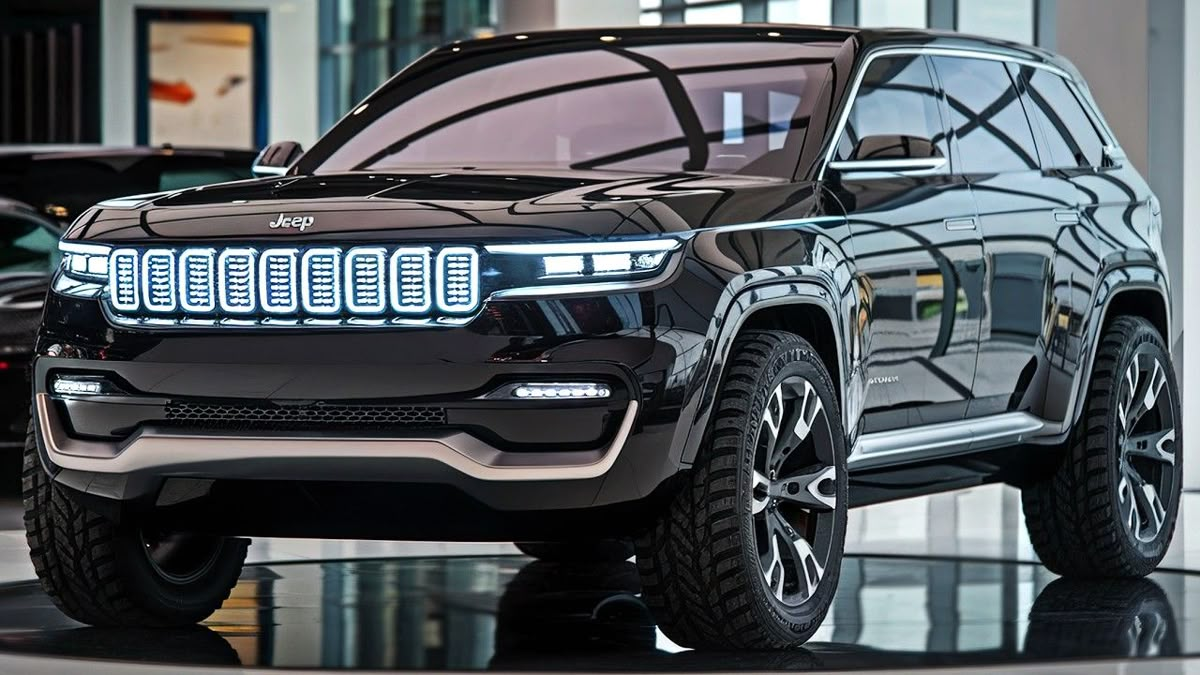
Road salt can cause rust to form on many vehicles during the winter. However, the Grand Cherokee uses rust-resistant materials and coatings to fight this problem.
These protective layers slow down the rusting process and help the SUV last longer. This is especially useful in states where roads are covered in salt for many months.
Inside, the Grand Cherokee offers winter comfort like heated seats and a heated steering wheel. These features make a big difference on cold mornings and during long winter drives.
The vehicle also includes safety technology that helps in bad weather. Systems like traction control and emergency braking provide extra peace of mind.
Jeep’s long history of making strong off-road vehicles adds to the Grand Cherokee’s appeal. Many owners say their SUVs stay reliable for years with basic care.
4) Honda CR-V
The Honda CR-V is a compact SUV that many people trust for everyday use. It’s known for being reliable, easy to drive, and safe in all kinds of weather.
One of the best things about the CR-V is its available all-wheel drive system. This system helps the SUV stay stable when roads are covered in snow or ice.
The all-wheel drive sends power to all four wheels, which improves grip. This helps drivers feel more confident when turning or stopping on slippery roads.
The CR-V also has a strong heating system that warms the cabin quickly. This is especially helpful on cold winter mornings when windows need defrosting.
Honda designed the CR-V with winter comfort in mind. Some models come with heated seats and mirrors, making life easier in freezing temperatures.
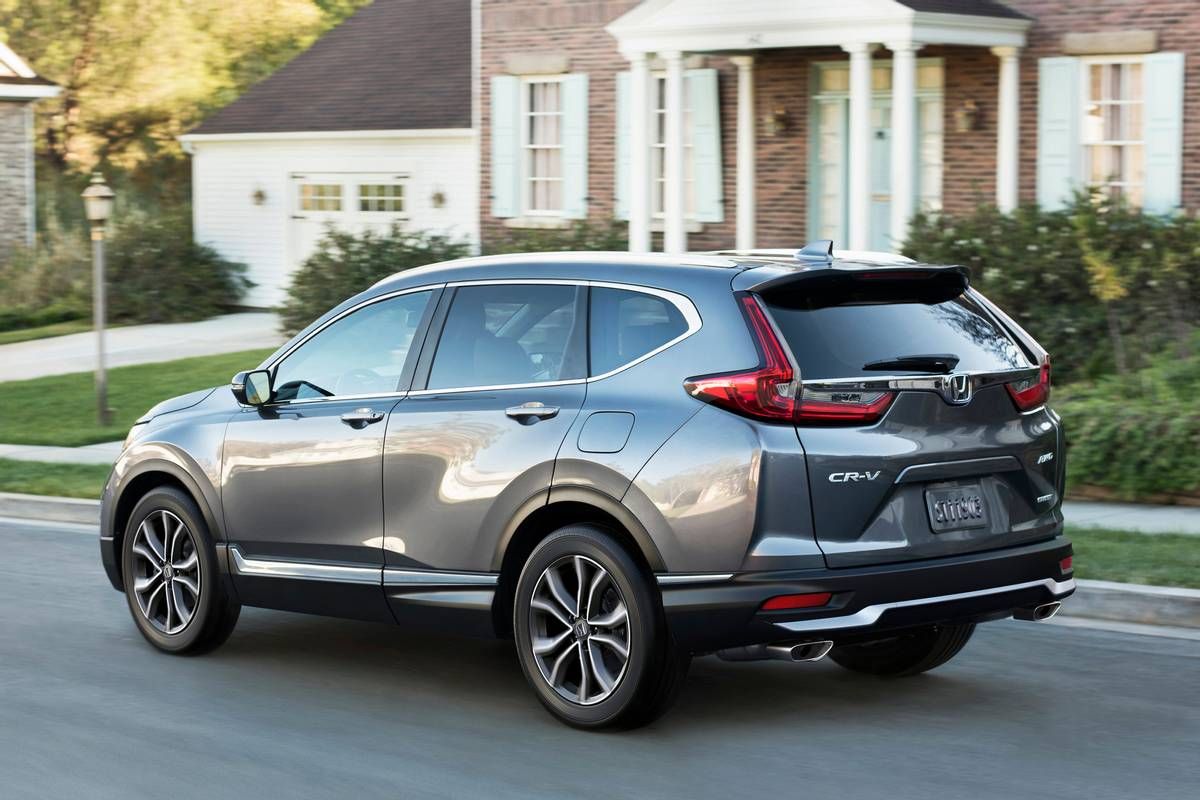
Rust can be a big issue in snowy areas, but the CR-V does well in this area. Its body is built using rust-resistant materials to handle road salt and moisture.
The undercarriage of the CR-V is coated to stop rust from forming. This makes it last longer, especially in places where roads stay salted for months.
Owners who drive in cold regions say the CR-V holds up well through many winters. They often report very little rust, even after years of use.
In addition to winter strength, the CR-V offers good fuel economy and a smooth ride. This makes it a smart choice for people who want comfort along with cold-weather performance.
Honda’s reputation for building long-lasting vehicles adds more value to the CR-V. With basic care, it can run for over 200,000 miles without major problems.
5) Ford Bronco
The Ford Bronco is a tough SUV made for outdoor adventures. It’s also built to perform well during harsh winters with snow, ice, and freezing temperatures.
One of the Bronco’s best features is its advanced four-wheel drive system. This system gives the vehicle strong grip on slippery roads, helping drivers stay in control.
The four-wheel drive also works great for climbing snowy hills or driving through thick snow. It makes the Bronco a smart choice for people living in areas with long winters.
Another reason the Bronco stands out is its strong and rugged body. It’s made to handle rough roads, heavy snow, and cold weather without breaking down.
Ford added underbody protection to the Bronco to shield important parts from damage. This also helps stop salt and moisture from reaching metal areas that can rust.
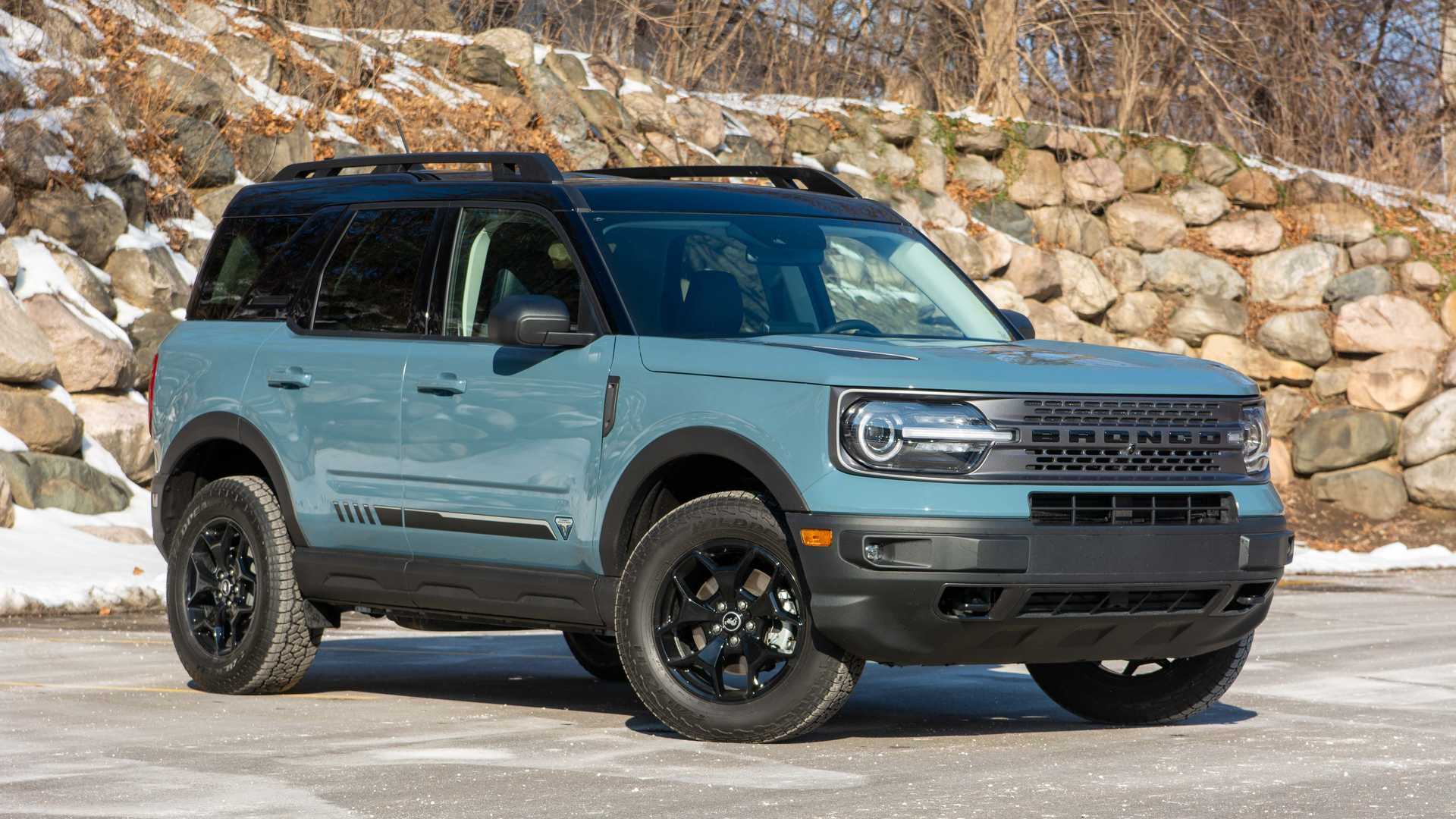
Rust is a big problem in winter, especially where salt is used on the roads. But the Bronco’s design includes special coatings that keep rust from forming too quickly.
Drivers who live in cold regions will also like the Bronco’s high ground clearance. This lets it drive over snow piles without getting stuck or scraping the bottom.
Inside the Bronco, comfort hasn’t been forgotten either. Many models come with heated seats, strong heaters, and other features to keep you warm in freezing weather.
The Bronco is not only powerful but also dependable in tough conditions. Its mix of strength and smart features makes it a great winter-ready SUV.
Ford brought back the Bronco with modern updates while keeping its classic toughness. That makes it perfect for snow, ice, and cold-weather driving without the worry of rust.
Also read: 5 Electric Cars That Hold Up Over Time and 5 That Fade Fast
5 SUVs That Rust Fast
When investing in an SUV, most buyers focus on performance, comfort, and style—but one critical factor that often gets overlooked is durability, especially when it comes to rust. Corrosion can creep up faster than expected, eating away at a vehicle’s structure and value.
Whether it’s due to poor undercoating, weak paint protection, or exposure to harsh climates, some SUVs are more prone to rust than others. In this article, we spotlight five SUVs that have earned a reputation for rusting faster than most—so you know what to watch out for before you buy.
1) Chevrolet Traverse
The Chevrolet Traverse is a popular SUV for families because of its roomy cabin and smooth ride. It’s often chosen for long trips and everyday driving due to its comfort and space.
While the Traverse is good for daily use, it has some issues in cold and snowy climates. One of the biggest problems is that it tends to rust faster than many other SUVs.
The main areas that rust on the Traverse are the undercarriage and wheel wells. These parts are often exposed to road salt during the winter season.
Road salt is helpful for melting snow, but it can be harmful to vehicles. When it sticks to the metal underneath the SUV, it can lead to corrosion over time.
Once rust starts to form, it can slowly spread to other parts of the SUV. This can affect not just the looks, but also the strength and safety of the vehicle.
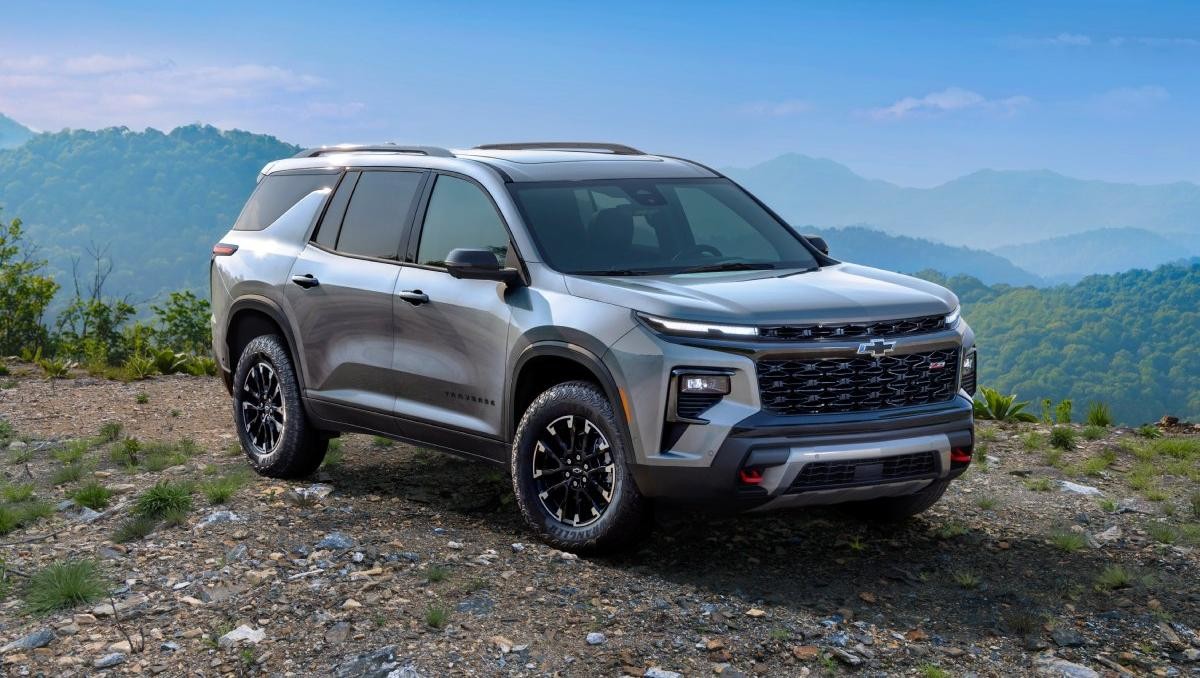
Some Traverse owners in colder states have reported rust showing up after just a few winters. This happens even when the vehicle is washed regularly during the snowy months.
The wheel wells on the Traverse seem to collect moisture and salt more easily. If not cleaned often, they become a common spot for rust to grow.
Chevrolet has made updates over the years, but rust still appears to be a problem for many models. It’s a concern for drivers who plan to keep the SUV for a long time.
If the SUV is not undercoated or treated with rust protection, the problem can get worse. Regular washing and undercoating may help, but they won’t always prevent rust completely.
Even though the Traverse offers good space and comfort, buyers in snowy areas should be cautious. Rust issues can lower the vehicle’s value and shorten its lifespan.
2) Nissan Pathfinder
The Nissan Pathfinder is known for its solid performance and family-friendly features. It’s built to handle off-road driving and can carry passengers comfortably across all types of roads.
While the Pathfinder offers good driving strength, it doesn’t hold up well in winter conditions. One of its biggest problems is how easily it can start to rust in certain areas.
Rust is most commonly found on the rear quarter panels and underneath the vehicle. These are places where road salt and moisture can settle during cold months.
Road salt is necessary for melting ice, but it’s also one of the main reasons vehicles begin to rust. When it collects in hidden spots, the metal starts to weaken over time.
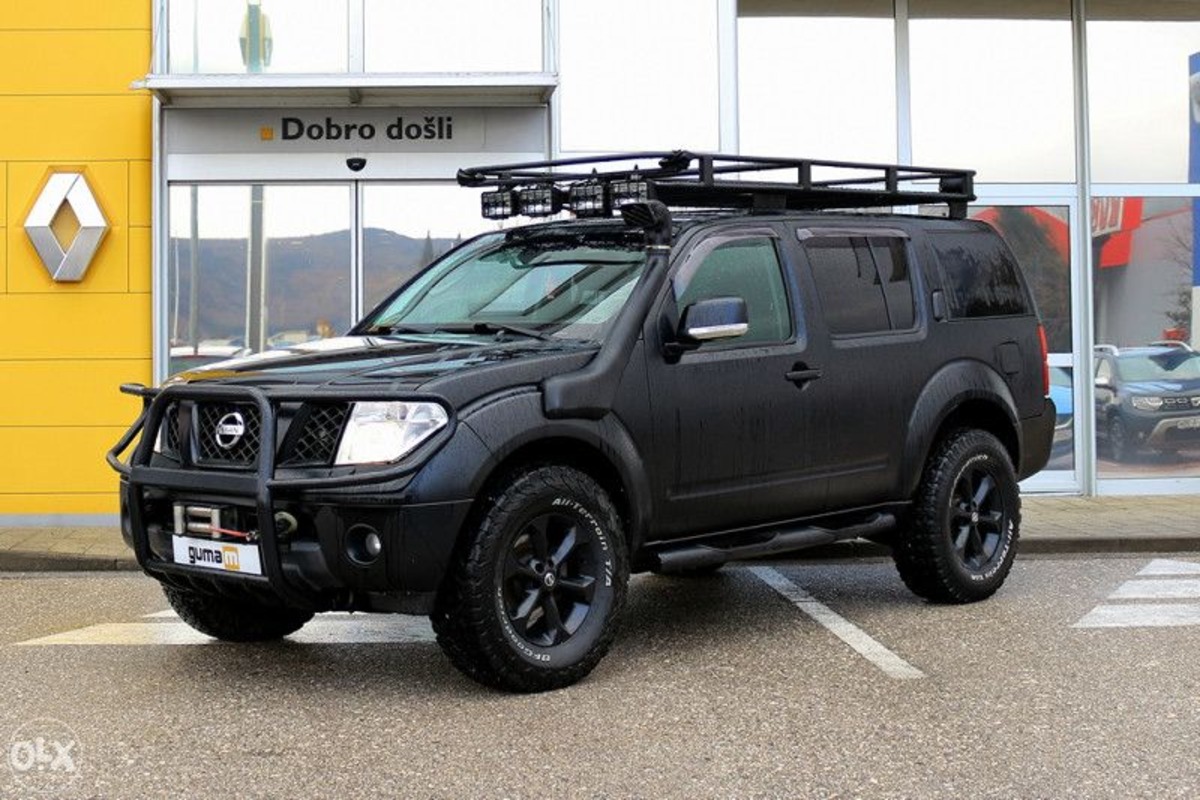
Some Pathfinder owners have noticed rust even when they wash their vehicles often. This is because some parts are harder to reach and clean completely.
The undercarriage of the Pathfinder, including the exhaust and frame parts, tends to suffer the most. If left untreated, this rust can affect how the SUV drives and how long it lasts.
The Pathfinder does have off-road ability, which makes it seem winter-ready at first. But its materials and rust protection don’t stand up as well as some other SUVs.
Even though it looks tough on the outside, the paint and sealant may wear down faster. Once this happens, the metal is left open to salt, ice, and slush.
To help prevent rust, some owners add undercoating or rustproofing treatments. These steps can slow down the process but often don’t stop it entirely.
For families who live in snowy regions, this is something important to think about. A reliable SUV still needs to resist rust to be a good long-term choice.
The Nissan Pathfinder delivers good performance and comfort but struggles with winter salt. Over time, rust may reduce its value and affect how safe it is to drive.
3) Chrysler Pacifica
The Chrysler Pacifica is a popular minivan known for its spacious interior and family-friendly features. Many families choose it as an alternative to traditional SUVs because of its versatility and comfort.
While the Pacifica is a great option for families, it has some problems when it comes to winter conditions. One of the main concerns is how easily its body and frame can rust, especially in snowy climates.
The rust issue is often seen under the wheel wells and other areas exposed to road salt. Salt used on the roads during winter can quickly cause corrosion if not properly protected.
The Pacifica’s rust prevention features don’t always do enough to stop this problem. In snowy regions where salt is used regularly, this can become a serious issue over time.
Road salt helps clear ice and snow, but it can also damage the underbody of vehicles. If the Pacifica isn’t regularly cleaned or treated for rust, the metal parts can start to corrode.
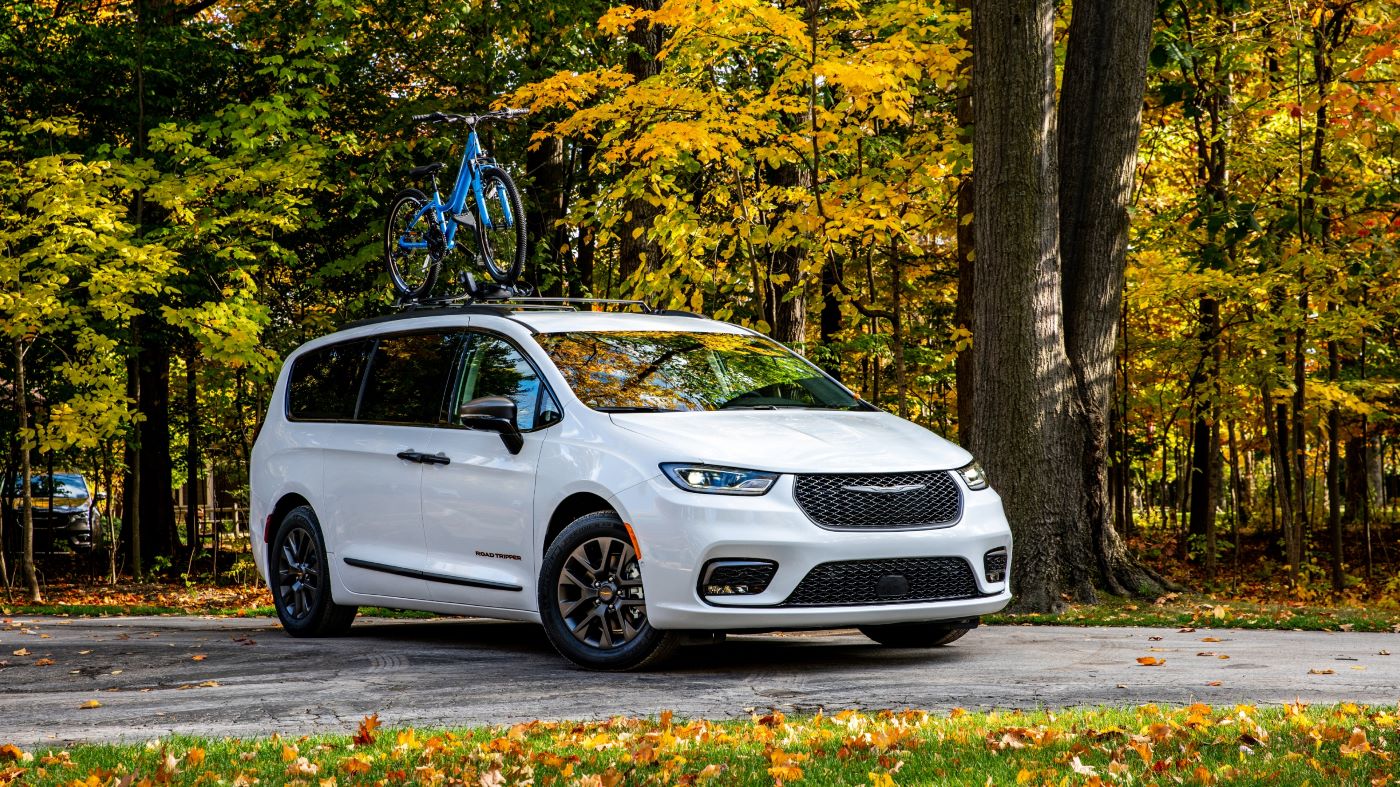
The vehicle’s body and frame are particularly vulnerable because the design doesn’t fully protect against salt damage. This can lead to rust spots forming faster than expected.
Some owners have noticed the rust appearing after just a few winters. This reduces the minivan’s long-term durability and can lead to higher maintenance costs.
Even though the Pacifica offers a smooth ride and great interior space, rust is a problem in harsh winter climates. Families who live in colder areas might need to invest in extra rustproofing or coatings to protect the vehicle.
To keep the Pacifica running well in snowy conditions, regular cleaning and undercoating are important. Without these steps, the vehicle’s body may not last as long as expected.
4) Mazda CX-5
The Mazda CX-5 is well-known for its sharp handling and stylish design. Many drivers choose it for its sporty feel and comfortable ride, making it a popular choice among compact SUVs.
However, despite its great driving experience, the CX-5 has some issues when it comes to winter conditions. One of the main concerns is that its body is more prone to rust compared to other SUVs in the same category.
The underbody of the Mazda CX-5 is especially vulnerable to corrosion. When exposed to road salt, the metal parts can quickly start to rust, leading to long-term damage if not properly maintained.
Road salt is used to melt snow and ice on the roads, but it can cause serious harm to vehicles. The salt sticks to the undercarriage, and if the SUV is not cleaned regularly, it can lead to rust spots forming.
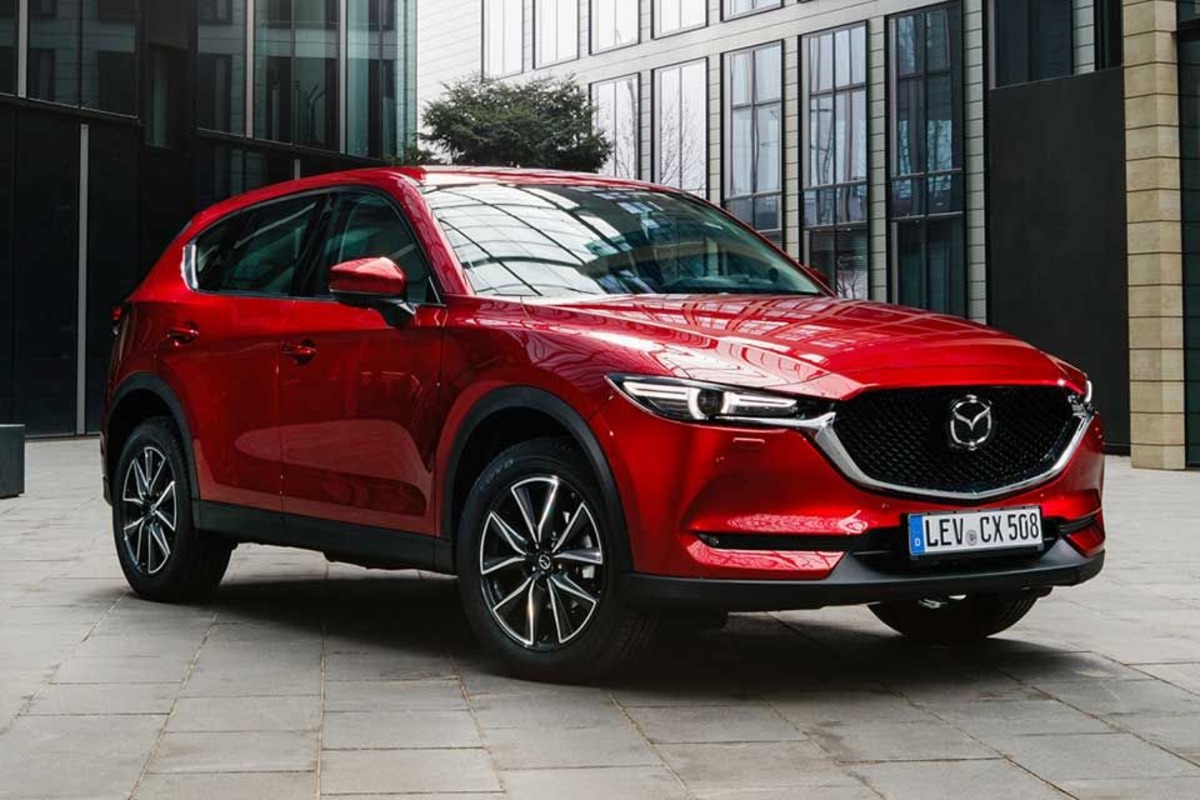
Many owners in colder climates have reported rust appearing sooner than expected. This is especially true for areas like the underbody, where the salt and moisture accumulate.
The rust issues can shorten the lifespan of the CX-5, especially in snowy regions. Although the vehicle is well-engineered for driving, its rust resistance doesn’t stand up as well in areas with heavy snow or salt.
To protect the Mazda CX-5 from rust, owners need to pay extra attention to cleaning the undercarriage. Regular washes and treatments, such as rustproofing or undercoating, can help delay the rusting process.
The CX-5 still remains a strong choice for those who prioritize handling and style. But those who live in regions with heavy winters should be aware of their rust vulnerability.
Also read: 5 Vehicles That Thrive in Traffic and 5 That Overheat Fast
5) Hyundai Santa Fe
The Hyundai Santa Fe is a well-rounded SUV that offers comfort and reliability for families. It’s known for its spacious interior, smooth ride, and value for money, making it a popular choice for many drivers.
However, despite its many positive features, the Santa Fe has some concerns about rust. Owners often report that the vehicle is more susceptible to rust, particularly in colder climates.
The undercarriage and around the wheel arches are the most common areas where rust forms on the Santa Fe. During winter, these parts of the vehicle are most exposed to road salt and moisture.
Road salt is commonly used on snowy roads to prevent ice buildup, but it can be harmful to vehicles. When it sticks to the underbody of a car, it can cause the metal to corrode over time.

For the Santa Fe, this means the undercarriage and wheel arches are vulnerable to rust. These areas can begin to show signs of corrosion if the vehicle isn’t cleaned regularly.
Many Santa Fe owners in snowy regions have noticed rust developing within a few winters. This can be a concern for those who plan to keep their vehicle for a long time.
To prevent rust, it’s important to clean the undercarriage of the Santa Fe after driving in winter conditions. Regular washes, along with undercoating and rustproofing treatments, can help protect the vehicle.
While the Hyundai Santa Fe is a solid vehicle in many ways, its rust susceptibility should be taken seriously. Drivers in regions with heavy snow and salt should be prepared to take extra steps to protect it from corrosion.

